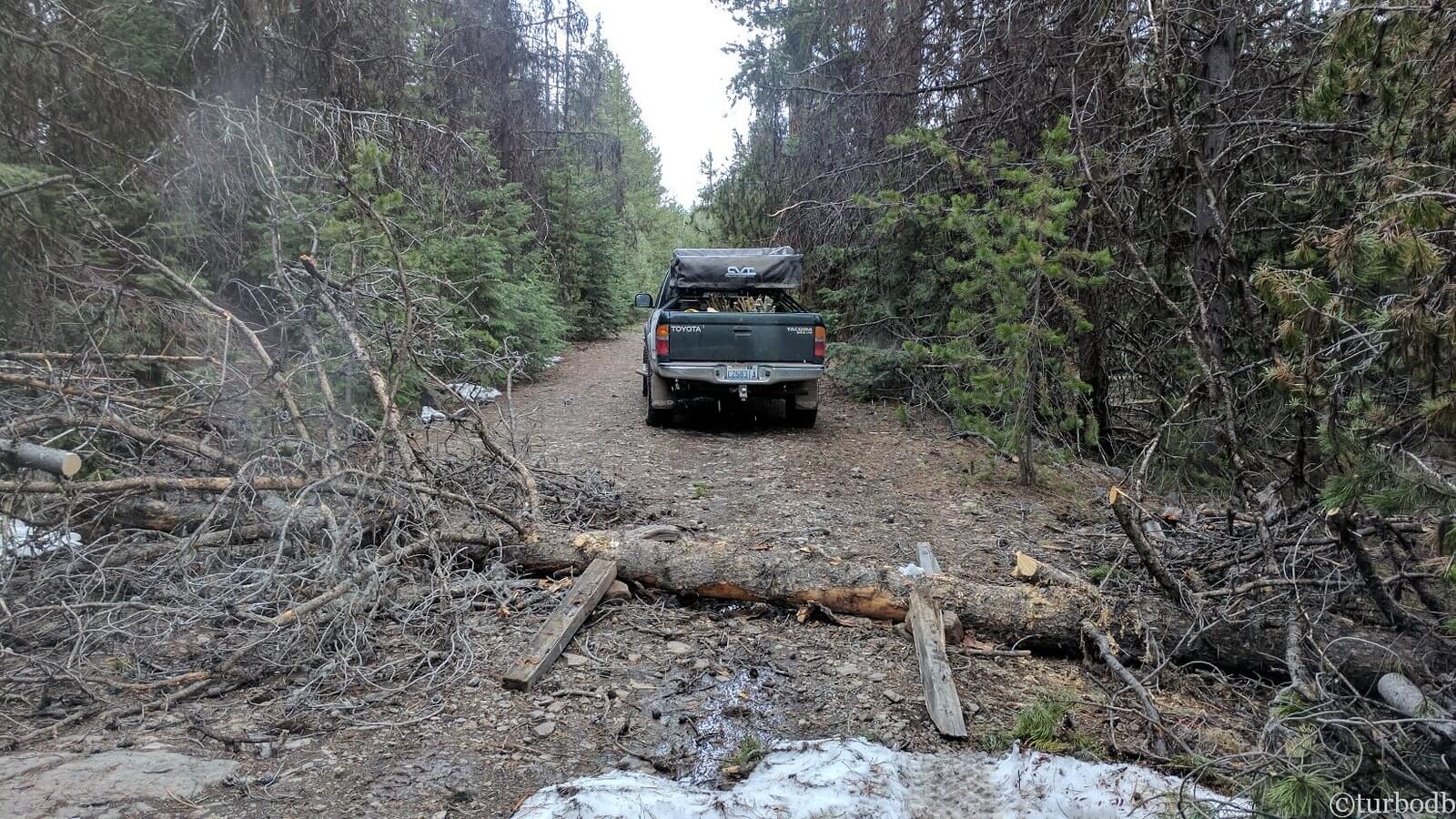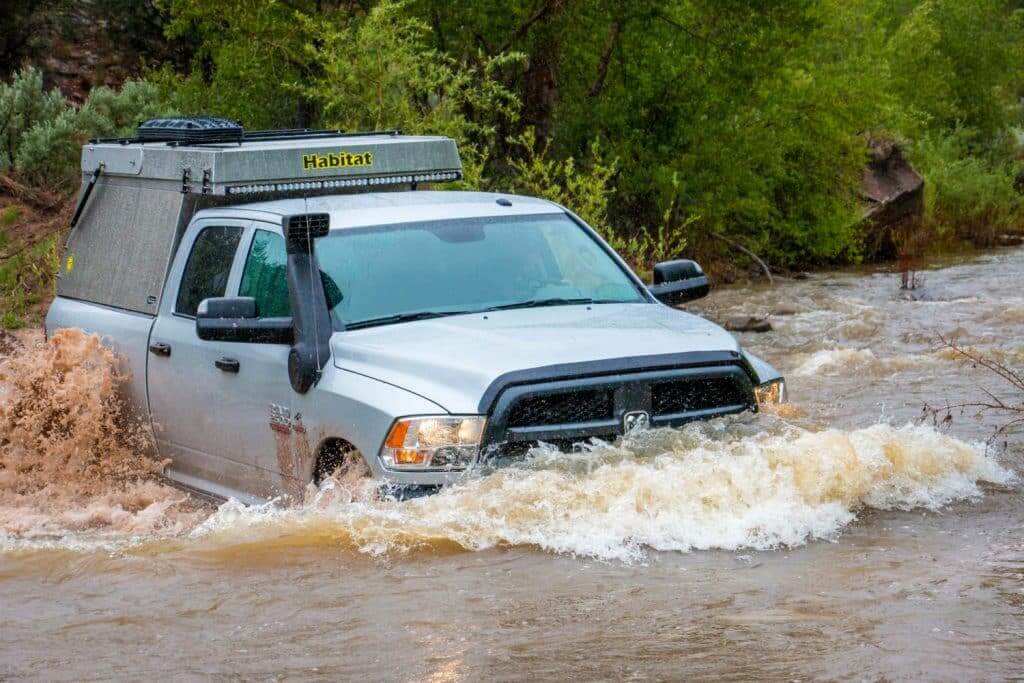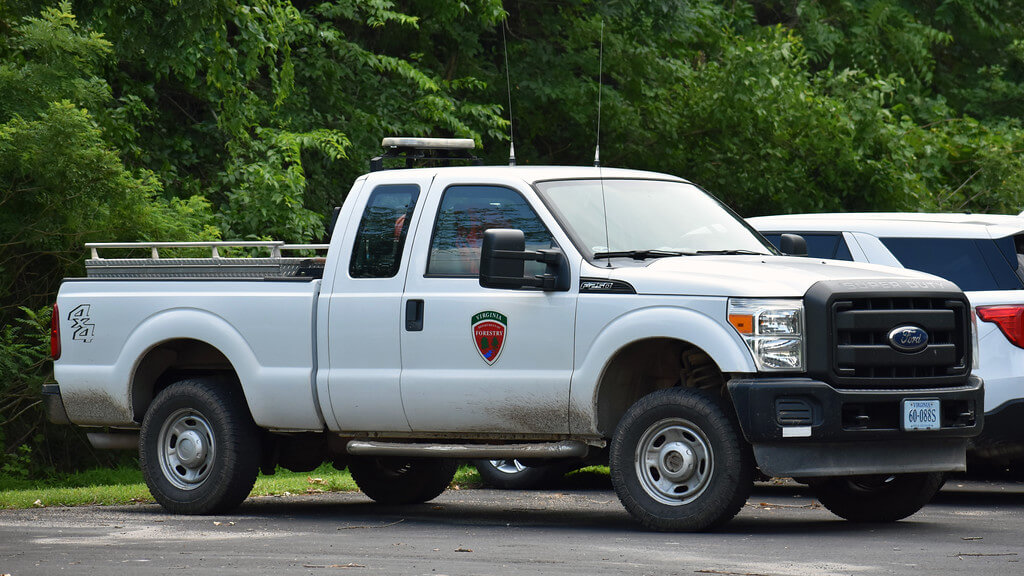🛤️ Module 3: Stay on the Trail
Why “Just Going Around It” Does More Damage Than You Think
Off-roading is about freedom—but that freedom comes with responsibility. In this module, we focus on one of the most important rules of responsible wheeling: staying on the trail. It might seem simple, but it’s one of the most common—and most harmful—mistakes drivers make.
🚧 Why Trail Boundaries Exist
Every established trail has been carefully routed to minimize environmental impact, protect wildlife, and keep users safe. These routes are often built and maintained by land managers, volunteers, or forest agencies to ensure vehicles can access natural spaces without destroying them.
When you deviate from a marked trail—even by just a few feet—you risk:
Destroying fragile vegetation that can take years to grow back
Causing trail erosion and runoff into creeks, harming water quality
Widening trails unintentionally, leading to costly closures
Creating illegal trails that other drivers follow, multiplying the damage
The damage may not seem obvious in the moment, but over time, one “shortcut” becomes a scar on the landscape—and a headache for land managers.

🌀 “Just Going Around” is the Problem
You’ve probably seen it—or maybe done it:
A big mudhole or obstacle is in the way, so you veer off slightly to go around it.
Here’s why that’s a major problem:
It creates a bypass, which tells future drivers “this is the new trail now.”
It kills vegetation, turning healthy ground into rutted, barren dirt.
It widens the trail, doubling or tripling its footprint.
It leads to closures, because now the trail is considered “damaged” and no longer sustainable.
Instead of going around:
Go through it (if your rig and skill level can handle it responsibly)
Spot for each other safely, using proper line selection
Or simply turn around—a smart choice is never a sign of weakness
🌾 Avoiding Meadows, Wetlands & Wildlife Areas
Virginia’s backcountry is rich with biodiversity, but it’s also incredibly fragile.
Some of the worst trail damage happens when drivers:
Cut across meadows, leaving deep ruts in soft ground
Splash through creeks or wetlands, disturbing aquatic habitats
Climb unmarked hillsides, leading to erosion and landslides
Even if an area looks like it’s been driven before, that doesn’t mean it’s legal or sustainable.
If there’s no official trail marker, it’s off-limits.
Use navigation tools like OnX Offroad or Gaia GPS to double-check trail boundaries.

🌲 Recovery Without Damage
Even responsible drivers get stuck sometimes—but how you recover matters:
Avoid:
Tearing up trees or bushes with your winch
Spinning tires endlessly, digging yourself deeper
Using recovery boards or straps carelessly on sensitive ground
Do:
Use tree saver straps when winching
Recover slowly and with intention
Ask your spotter to watch the surrounding terrain for collateral damage
Every recovery should leave as little evidence as possible—just like you were never there.

🔒 Land Access is Earned
When drivers respect the trail, we show land managers that we care—and that we can be trusted. When they see trail widening, damage, and off-trail travel, it tells them we don’t. And that’s when access gets restricted or closed.
Let’s flip that narrative.
Let’s show them what a responsible, educated off-road community looks like.
✅ Key Takeaway: The Trail is the Trail—Nothing Else Is
If there’s one thing to remember, it’s this:
Stay on the trail—always.
Don’t make new paths.
Don’t widen existing ones.
Don’t assume a side route is fair game because others used it.
If your rig can’t handle the obstacle ahead, or if you don’t feel comfortable driving it—that’s okay. Turn around and live to wheel another day. The trail isn’t going anywhere, and neither should your respect for it.
📌 Up Next: In Module 4, we’ll cover one of the most serious and often misunderstood topics—trespassing. We’ll show you how to identify legal access, avoid private land, and keep the peace with local landowners and authorities.

